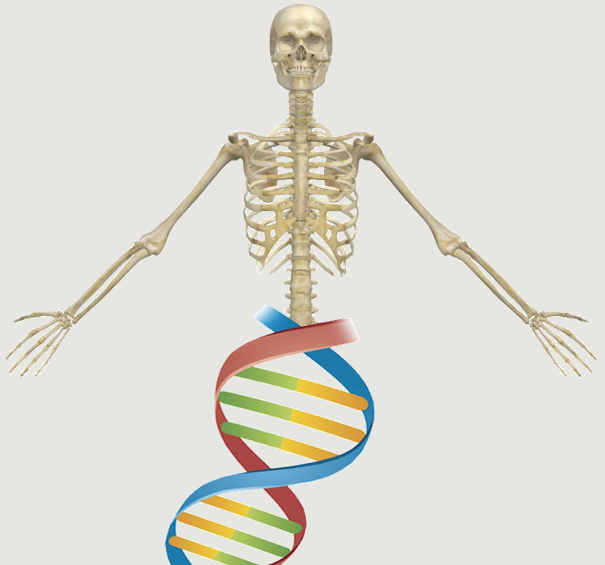Abstract:
Most spine fusion procedures involve the use of prosthetic fixation devices combined with autologous bone grafts rather than biological treatment. We had shown that spine fusion could be achieved by injection of bone morphogenetic protein-2 (BMP-2)-expressing mesenchymal stem cells (MSCs) into the paraspinal muscle. In this study, we hypothesized that posterior spinal fusion achieved using genetically modified MSCs would be mechanically comparable to that realized using a mechanical fixation. BMP-2-expressing MSCs were injected bilaterally into paravertebral muscles of the mouse lumbar spine. In one control group BMP-2 expression was inhibited. Microcomputed tomography and histological analyses were used to evaluate bone formation. For comparison, a group of mouse spines were bilaterally fused with stainless steel pins. The harvested spines were later tested using a custom four-point bending apparatus and structural bending stiffness was estimated. To assess the degree to which MSC vertebral fusion was targeted and to quantify the effects of fusion on adjacent spinal segments, images of the loaded spine curvature were analyzed to extract rigidity of the individual spinal segments. Bone bridging of the targeted vertebrae was observed in the BMP-2-expressing MSC group, whereas no bone formation was noted in any control group. The biomechanical tests showed that MSC-mediated spinal fusion was as effective as stainless steel pin-based fusion and significantly more rigid than the control groups. Local analysis showed that the distribution of stiffness in the MSC-based fusion group was similar to that in the steel pin fusion group, with the majority of spinal stiffness contributed by the targeted fusion at L3-L5. Our findings demonstrate that MSC-induced spinal fusion can convey biomechanical rigidity to a targeted segment that is comparable to that achieved using an instrumental fixation.
Notes:
Sheyn, Dima Ruthemann, Martin Mizrahi, Olga Kallai, Ilan Zilberman, Yoram Tawackoli, Wafa Kanim, Linda E A Zhao, Li Bae, Hyun Pelled, Gadi Snedeker, Jess G Gazit, Dan eng R01AR056694-01A1/AR/NIAMS NIH HHS/ R01DE019902-01/DE/NIDCR NIH HHS/ Research Support, N.I.H., Extramural 2010/07/14 06:00 Tissue Eng Part A. 2010 Dec;16(12):3679-86. doi: 10.1089/ten.TEA.2009.0786. Epub 2010 Sep 28.
Website

